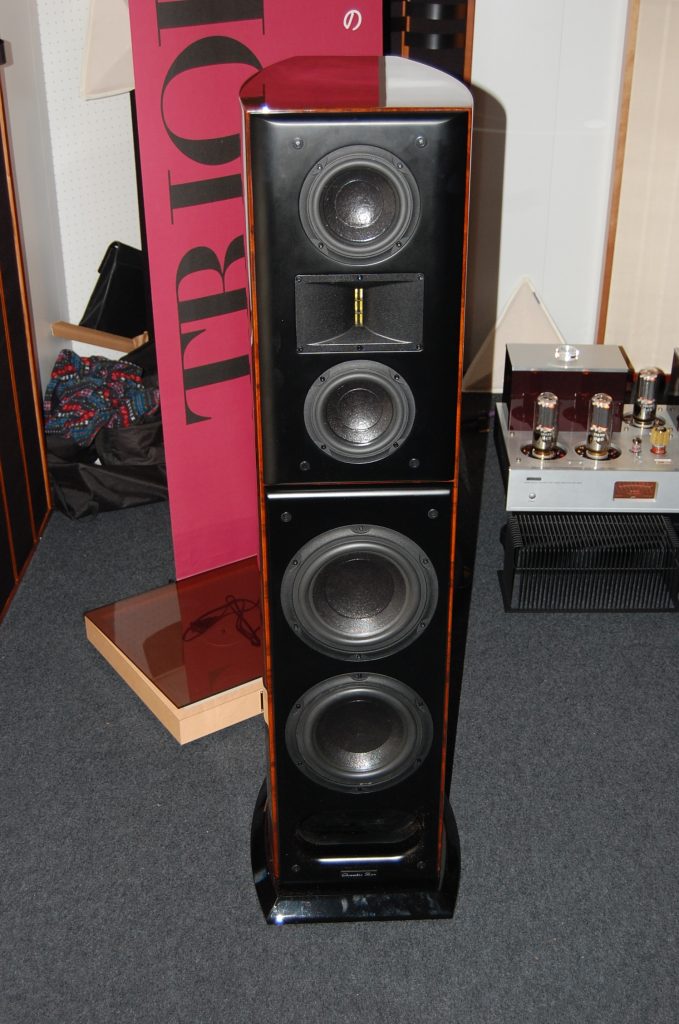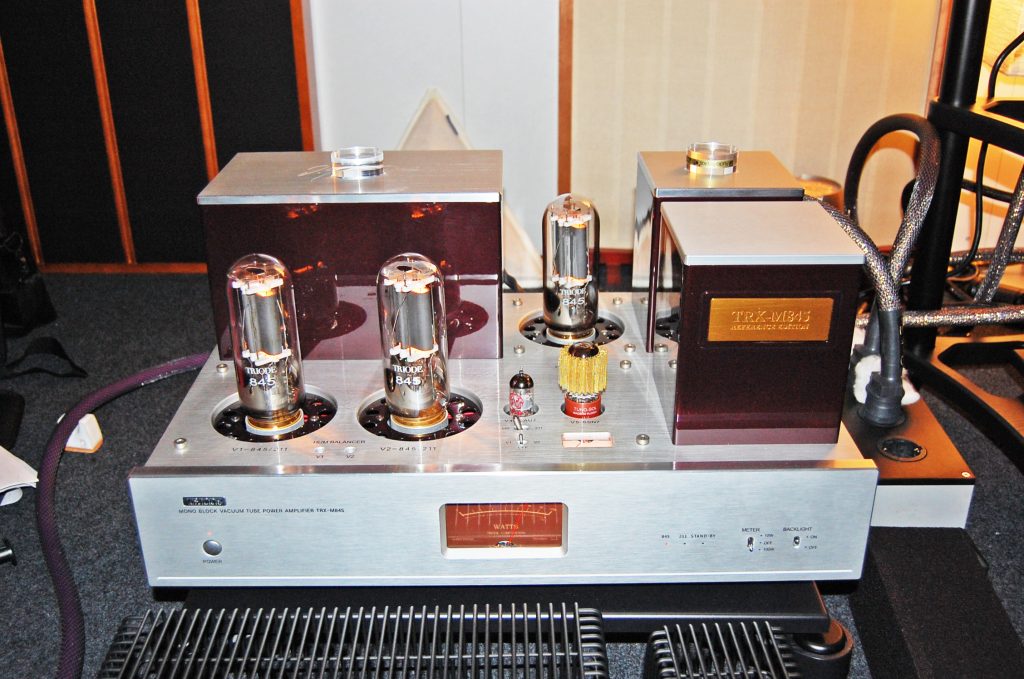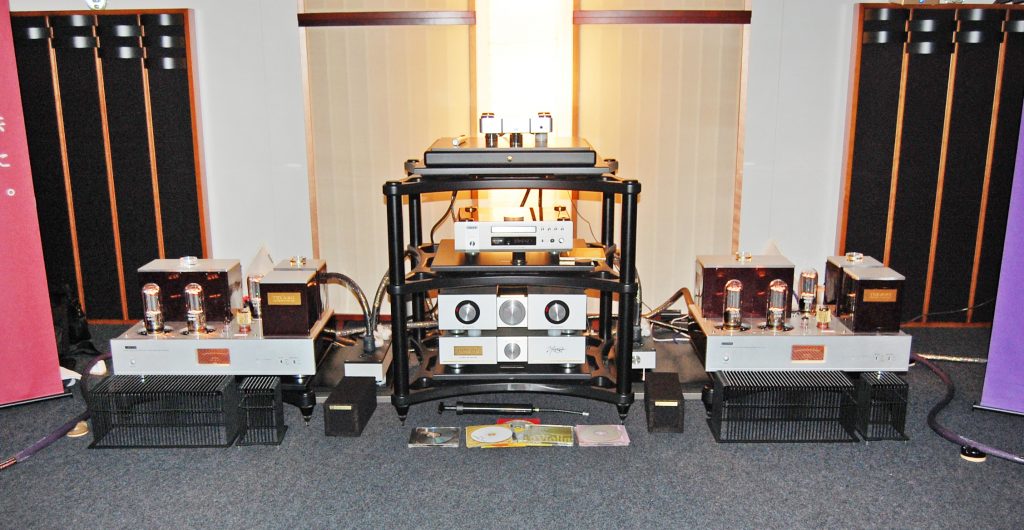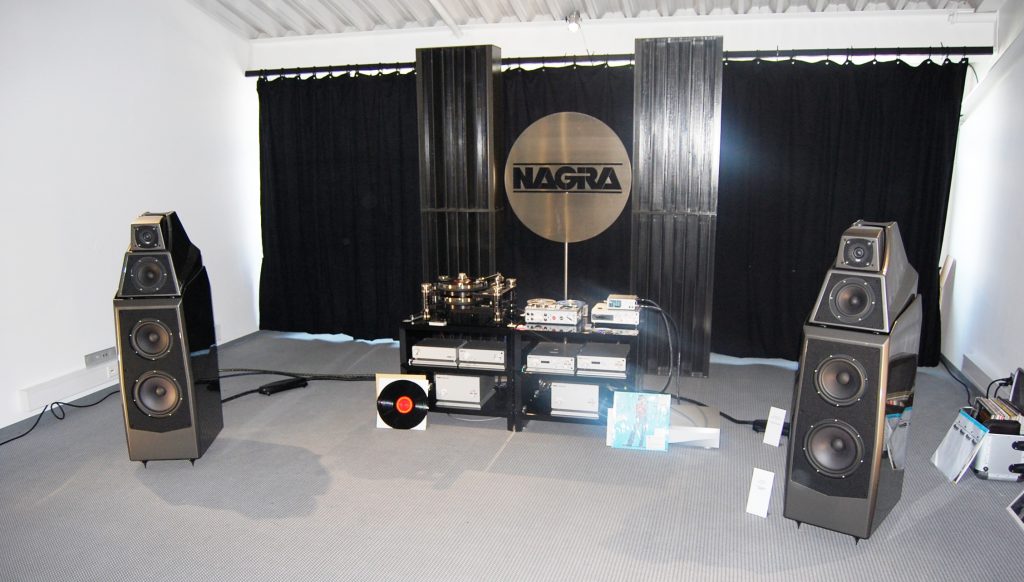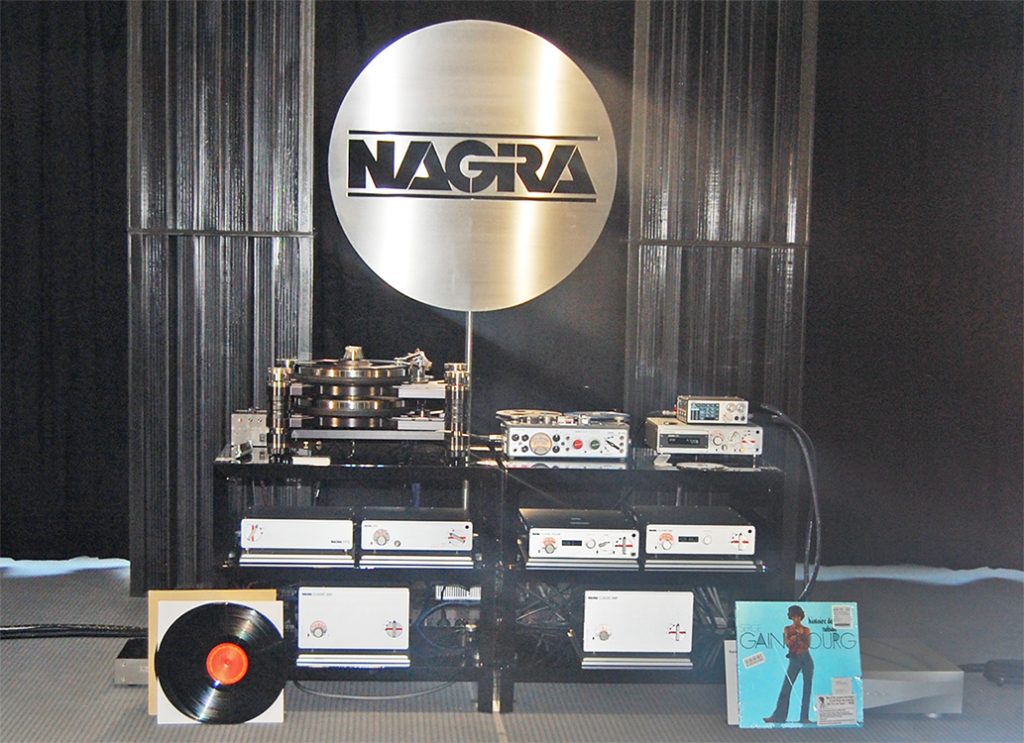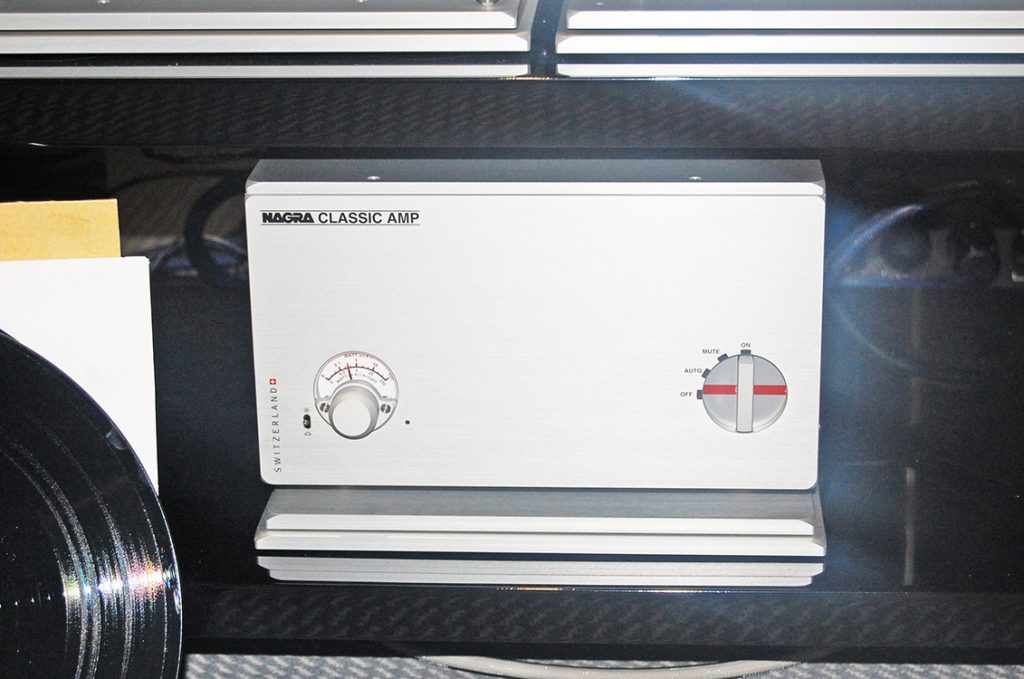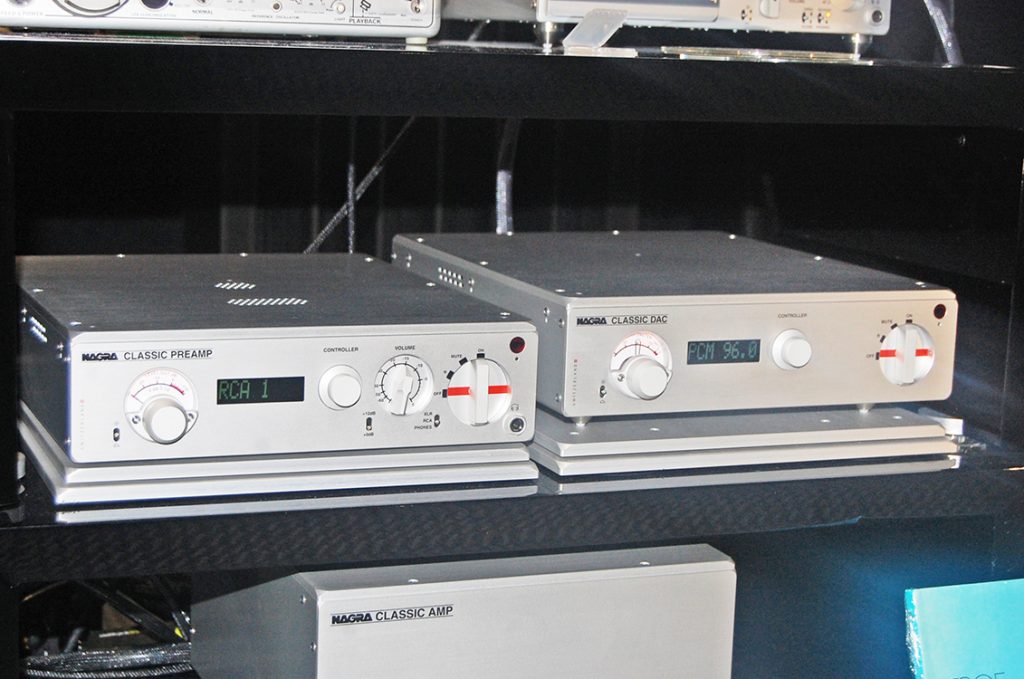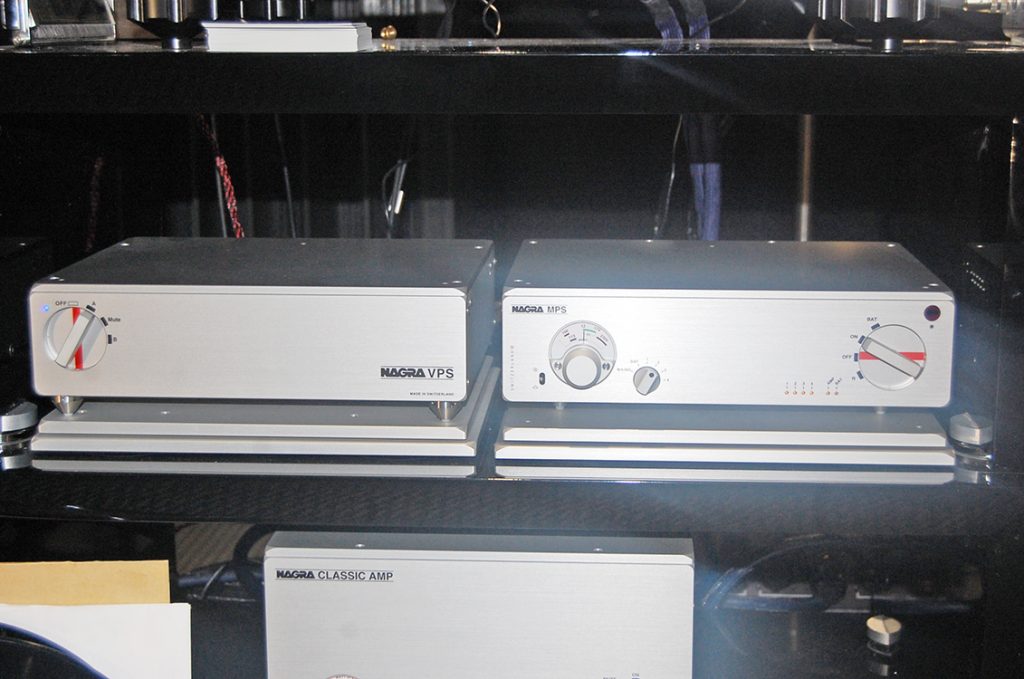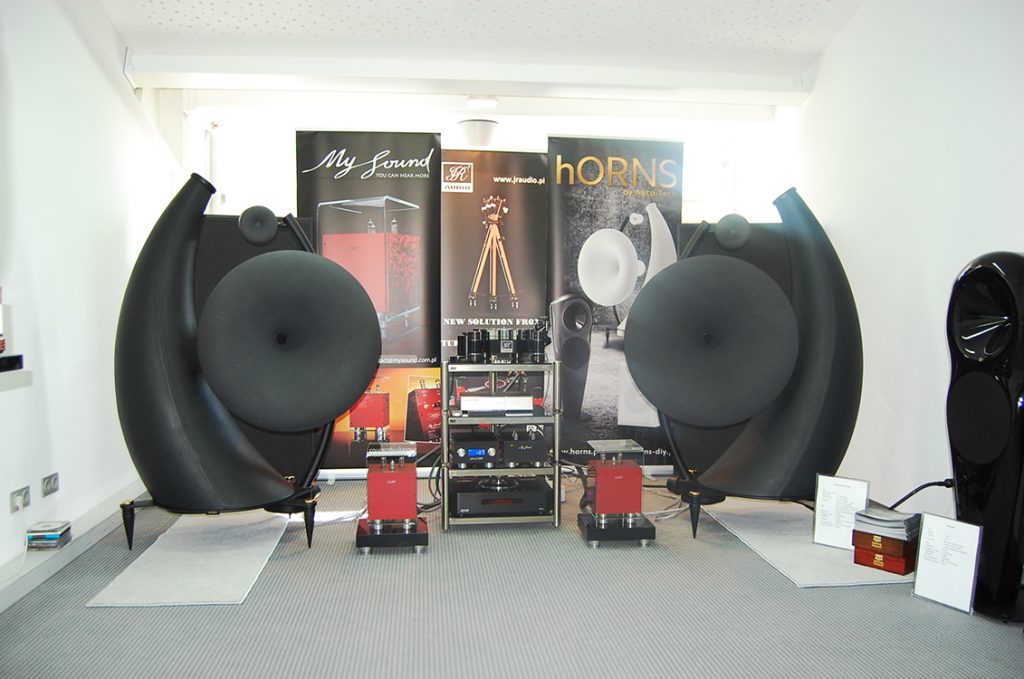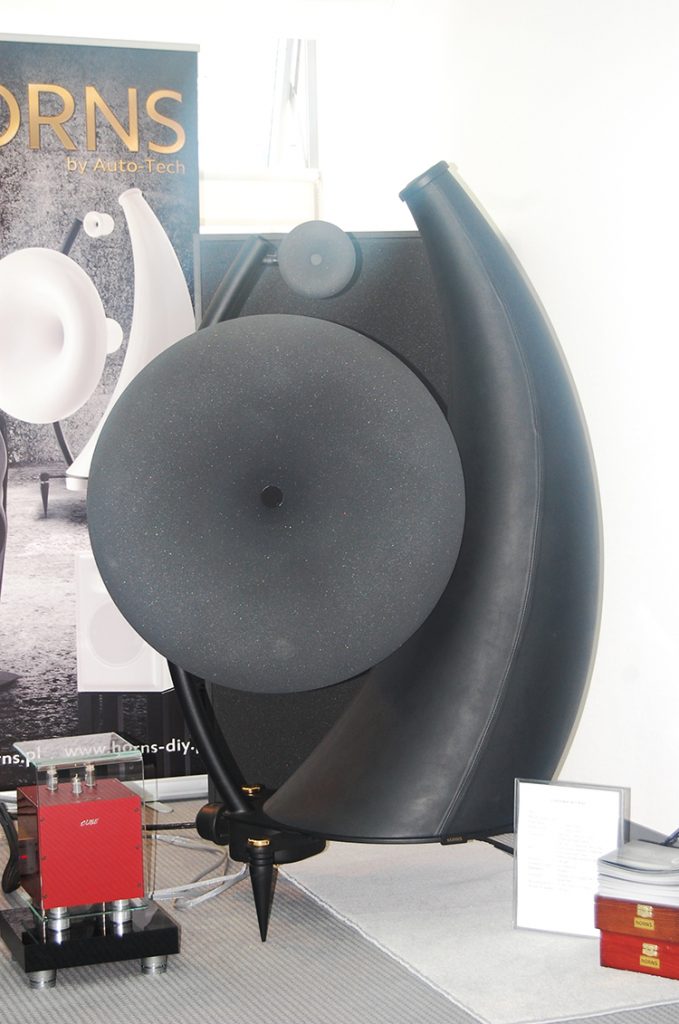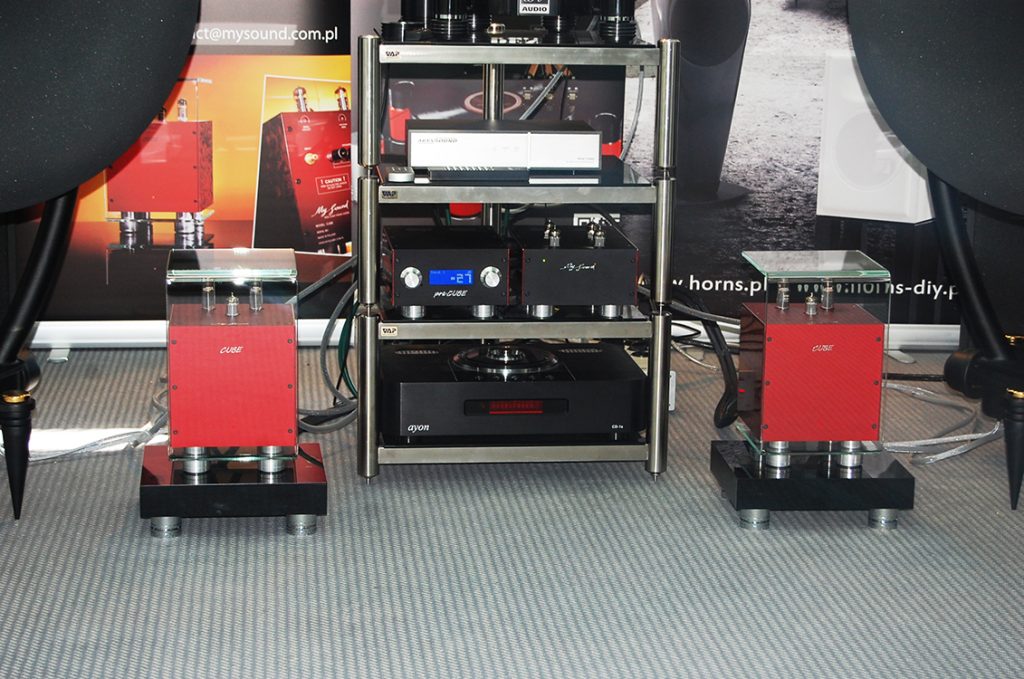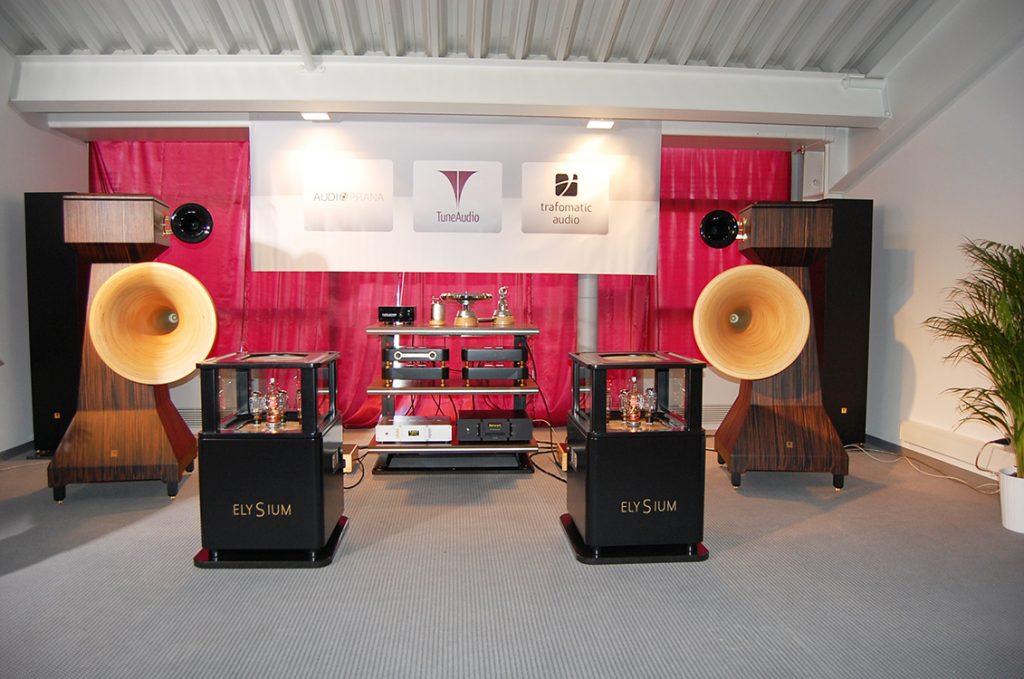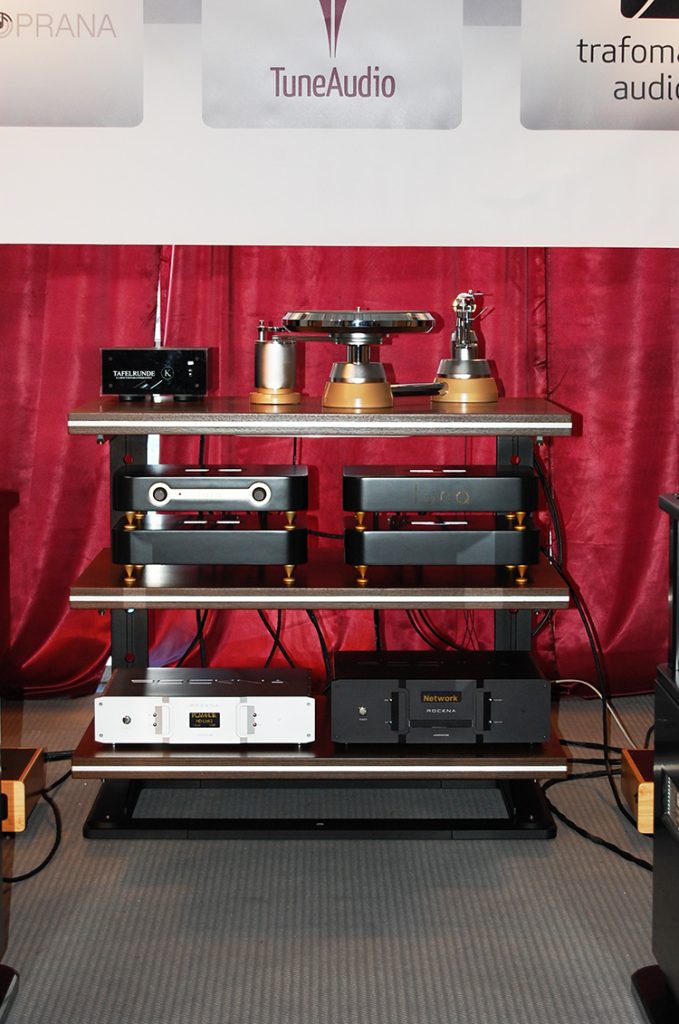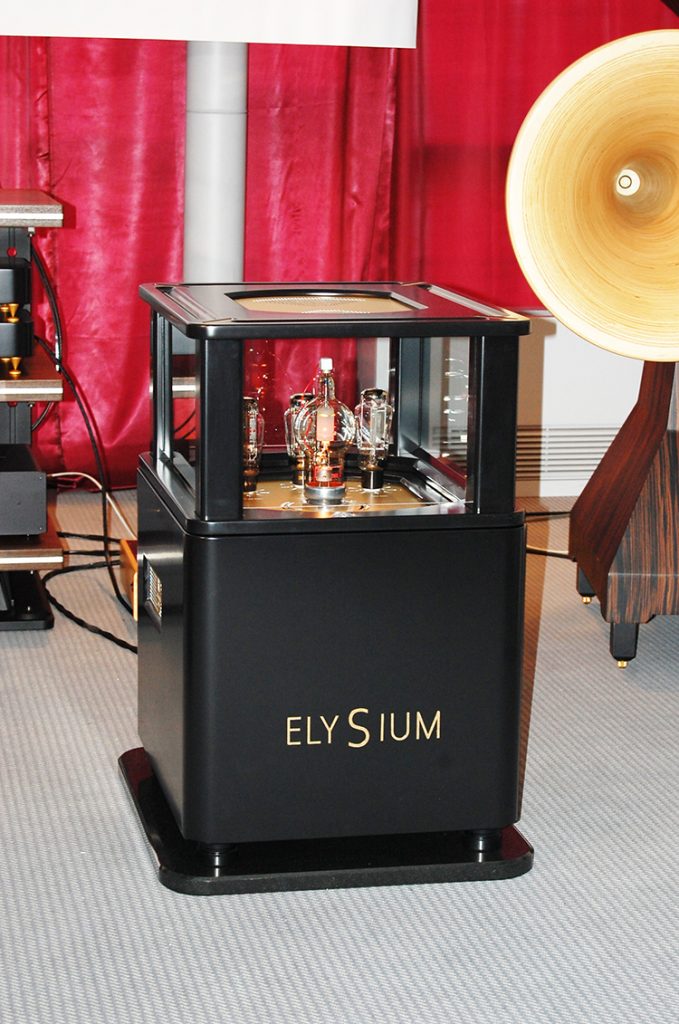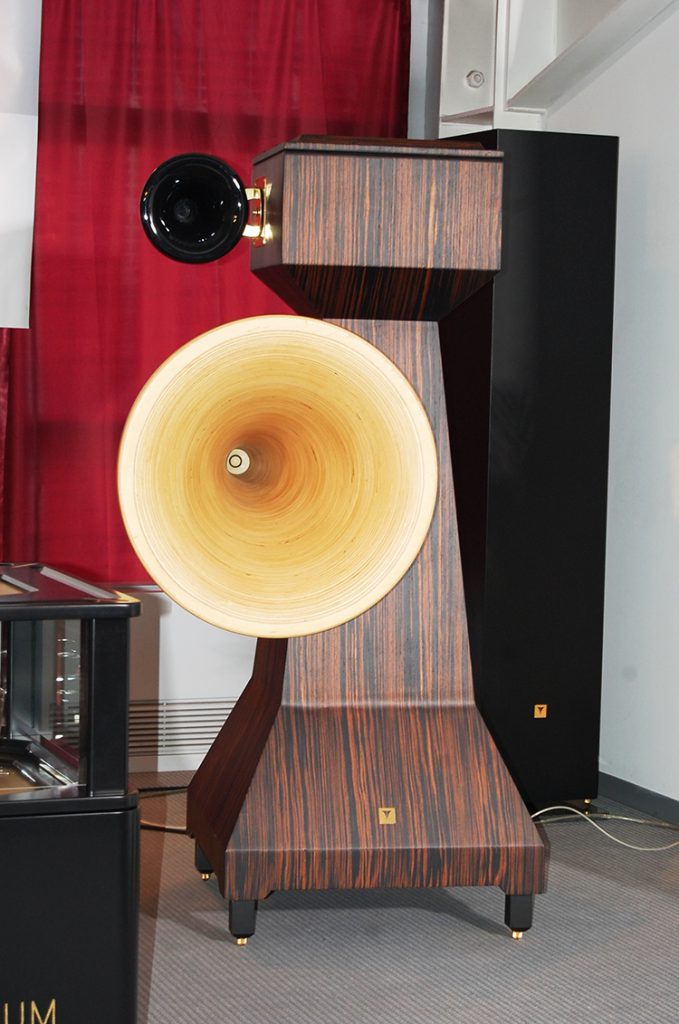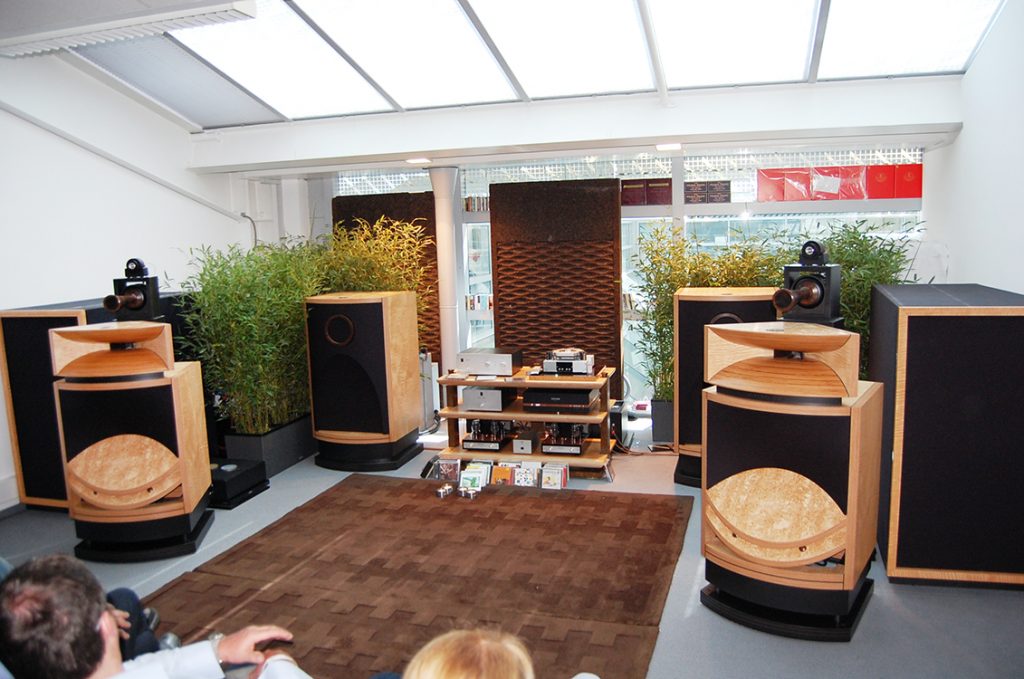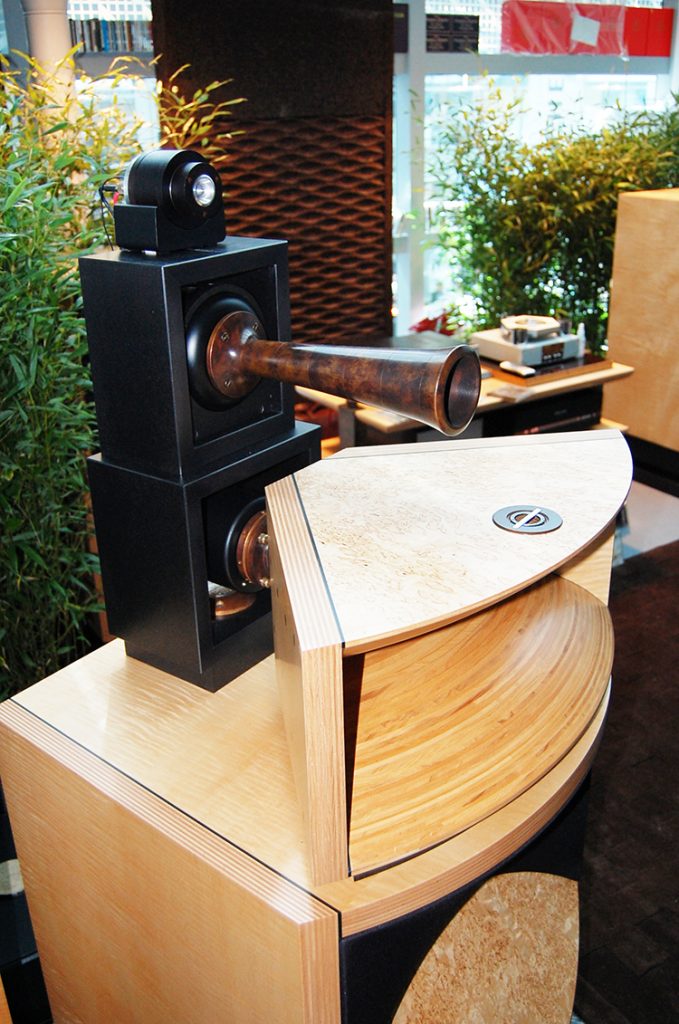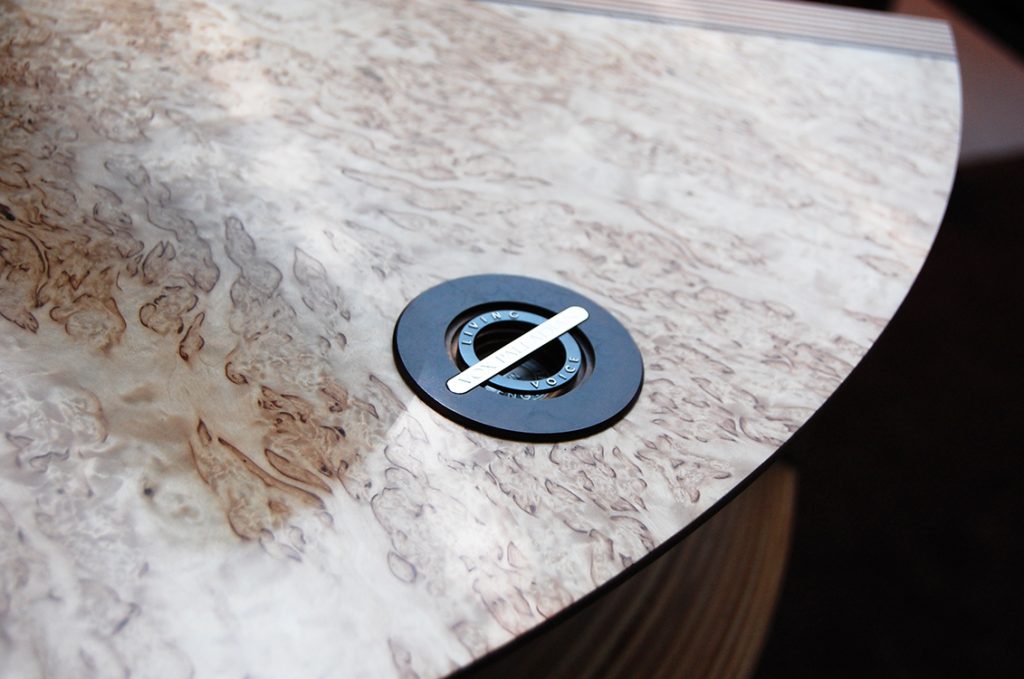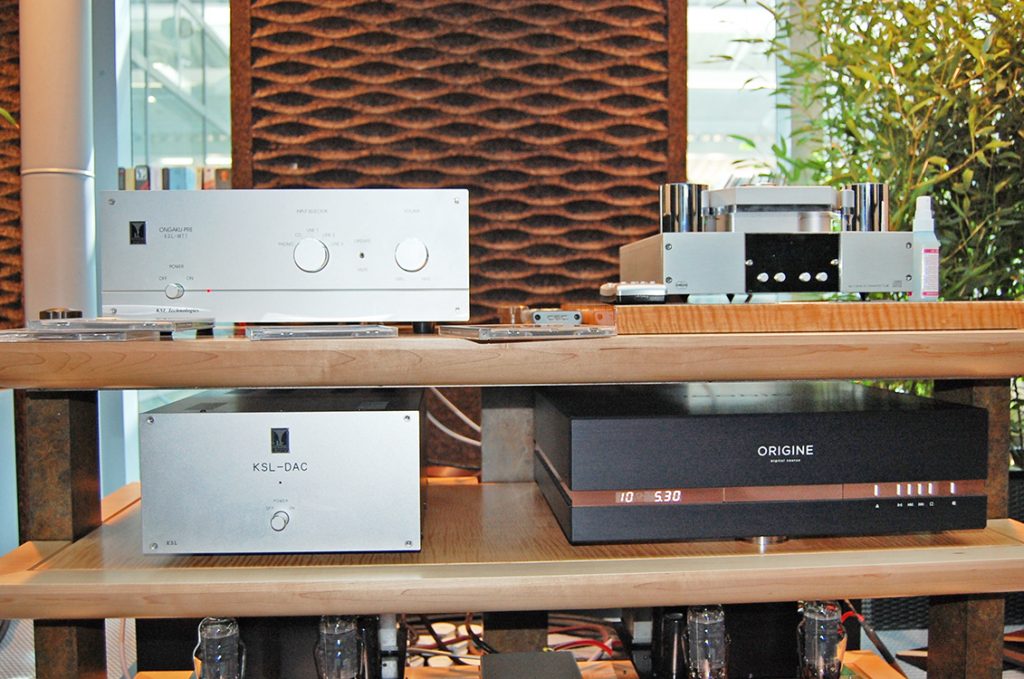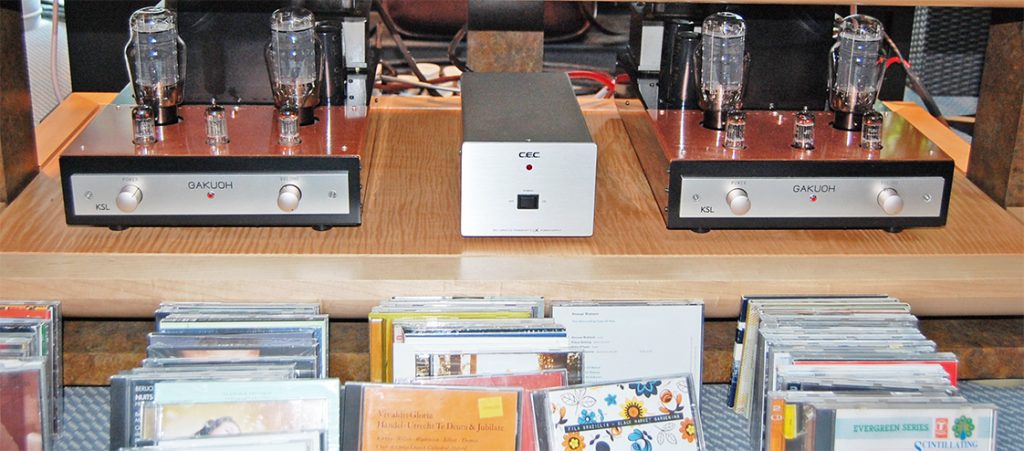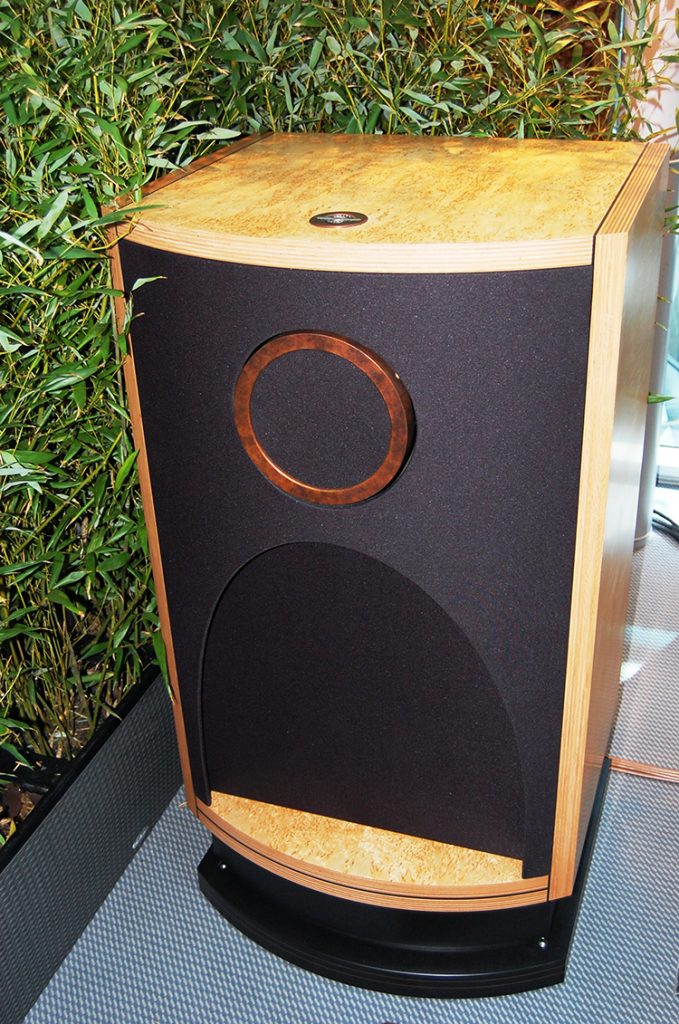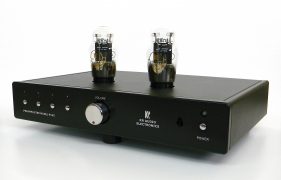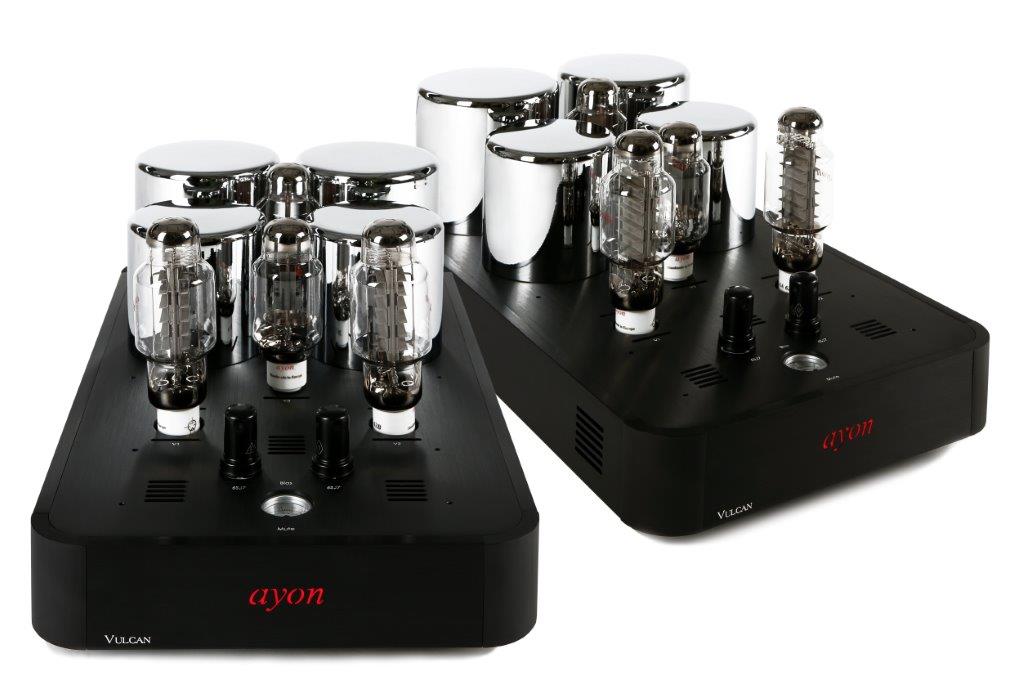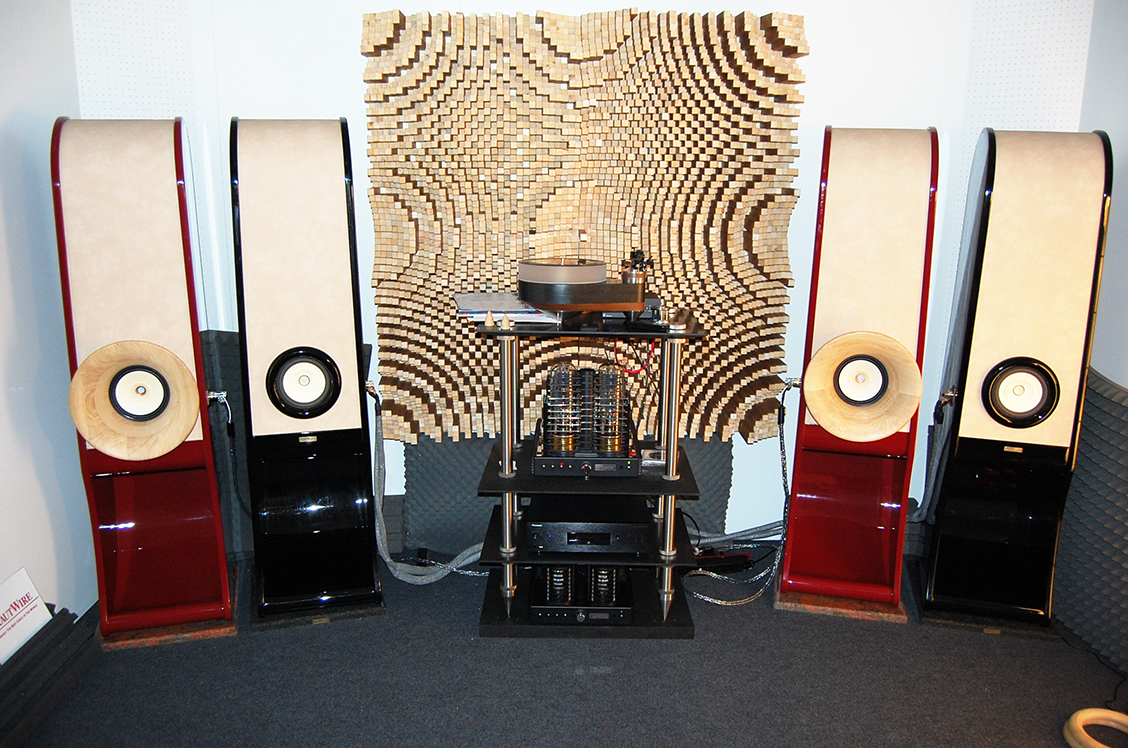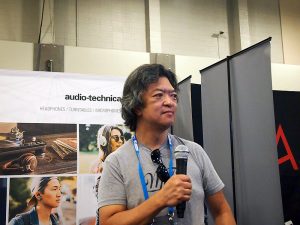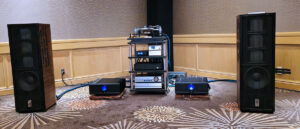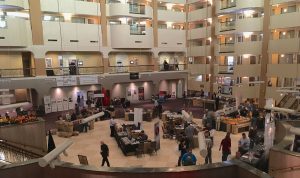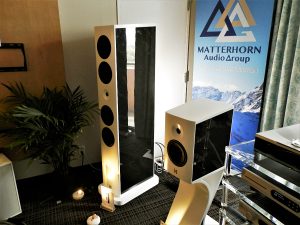As usual for the Munich show, the numbers of rooms that I can call truly excellent were quite limited. Now, one can debate as to whether this was due to "show conditions"; poor rooms with thin walls, poor electrical power (I have witnessed this first hand many years ago), poor choice in matching of components because of contractual arrangements, poor set up or simply the gear isn't nearly as good as one would hope for the often ridiculous pricing. This part will highlight my top 5 rooms, cost no object, and then follow it up with my top 5 rooms where the price was still considered to be "sane" (total system cost of < $50K).
And it's this last point that brings up a continuing trend in hi-fi, the ever upward spiraling cost of new components. I mean, we are seeing items like power cables in the $10s of thousands; are they really that much better than one that costs a few hundred dollars? You see it though in all product categories: $100K turntables are becoming commonplace, as are $100K amplifiers, and even digital sources are in the upper double digit thousands with frightening regularity. The top speakers, once defined by the likes of the Wilson Grand Slamm in the just less than $100K range are now pushing upwards of $500K, which will buy you a nice apartment in Munich.
I will end my rant on this topic before moving on to my top 5 rooms regardless of cost just to say that I do see value in spending more to get more, but I think that the pricing has lost all touch with the reality of what it costs to make and distribute these products.
My list of five rooms:
5) Acoustic Zen Crescendo + Triode Corporation's TRX-M845 monoblocks, TRX-2 tube preamplifier, TRX-DAC 1.0 Tube and TRV-CD5SE
This is the first time I had heard an Acoustic Zen/Triode set up, and I am glad I found this room in one of the ground floor halls. The sound was great! It was open, direct, and just slightly warm (thanks to an all tube front end, no doubt). I was most impressed with the overall balance to the sound, and in spite of the small, not well-insulated room, the bass was powerful and controlled with superb texture. The Crescendo speaker is also very coherent, and Robert Lee told me that it is also phase- and time-coherent…it sure sounded that way to me, with the drivers integrating well, despite the fact that I was sitting quite close to the speakers. Tonality was slightly to the warm side of neutral, but did not step over into the "golden" hued zone. High frequencies were delicate and well differentiated, but I almost didn't notice because the whole was so well integrated and music just poured forth.
Acoustic Zen Crescendo loudspeaker
While again this direct radiating speaker doesn't have quite the presence of a good horn, its freedom from obvious coloration and its easy resolution, while simply refusing to sound clinical, was impressive indeed. Given the price of the total system coming in at around 50K euro, this is in my opinion one of the best values in a true high end system at the show. Even though I am definitely a horn and planar speaker lover, this is one dynamic speaker based system I could live with. In fact, this might be the overall easiest to live with system of my top 5 (except perhaps the heat from those big monoblocks), and it is far less expensive than any of them (this whole system was quite a bit cheaper than just the speakers or an amp in the other systems).
Triode Corp. TRX-M845 monoblock
Triode Corporation CD player, pre-amp and monoblocks
4) Nagra electronics and Wilson Audio Alexia room
This room totally took me by surprise as I had heard both the electronics and the speakers in different set ups over the years and thought I "knew" what to expect from the combination. Boy, was I wrong! The sound was so natural and refined that at first I had trouble digesting what I was hearing. Considering that at least part of the electronics was solid state (at least the Classic amps) it was doubly surprising given what my experiences with solid state has been over the years.
Wilson Audio Alexia, Nagra electronics and Kronos Sparta turntable
The bass was deep, textured, and controlled, the mids smooth but extremely resolving but there was also a bit of natural warmth and "softness" to the sound that was very appealing, without sounding in the least bit colored. The highs were delicate and spacious, without the least hint of aggression. Imaging and soundstaging were first rate, being both well focused and set into a deep and wide soundfield. Dynamics, both micro and macro, were excellent, but there was a slight mid-hall perspective compared to the horn systems listed below.
Closer view of Kronos TT and Nagra gear
Since I live in Switzerland, I have heard Nagra electronics at many dealer demos and at local high-end shows (like the High-End Swiss show that happens in October), but this is the first time I have heard them paired with the Wilson Alexias. Never have I heard the Nagras sound this natural, and never have I heard the Wilsons sound this correct. It seems that there is a synergistic match here that would definitely be worthwhile to explore further. This was the best sounding dynamic speaker system at the show, which is why it lands firmly at number 4.
Nagra Classic amp
Nagra Classic preamp and Classic DAC
Nagra VPS and BPS phono stages
3) Universum hORNS by AutoTech + MySound electronics + Ayon CD-3s cd player + JR design TT + Abyssound ASV-1000 phono preamplifier.
This was an (almost) full horn design pair of speakers from Poland, coupled with Polish amps and turntable. The speakers are a three-way design with a horn tweeter using a 1 inch Be compression driver, horn midrange using a 2 inch Be compression driver, and a 15 inch reflex-loaded woofer. System sensitivity is claimed to be 100dB/watt, so the amps driving the speakers (12 watt push-pull amps based on the EL84 pentode) in the small room were positively tiny compared to most of the behemoths that were present at the show. The amplification was new to me; a Polish company called MySound, which makes a pair of monoblocks called simply "Cube" and a preamp called the preCUBE+. Digital source was an Ayon CD3-S and a Polish-made turntable called JR design, with an Ortofon A95 cartridge.
AutoTech Universum speakers, MySound Cube monoblocks, MySound Pre-Cube, Ayon CD3S CD player, JR design TT and Abyssound ASV-1000 phono stage
The sound, however, was anything tiny, as this speaker system really delivered a big, bold, super clear, clean, and propulsive sound. Resolution at least down to the upper bass was world-class, but details came at you unforced in a way that only good horns seem to be able to do. The sound was direct but not overpowering, with a very clean and precise placement of instruments. Soundstage depth was somewhat limited, but that can be most likely blamed on the tiny room and proximity of the walls, which had only limited treatment. Despite this, imaging focus was superb and vocals sounded very natural and, importantly, uncolored. These are one of the least colored horns I have heard. Dynamics were what one expects from good a horn that brings "liveness" to the sound of this system that even the superb fourth place system above could not quite reach.
Closer view of the Universum speaker
Given the (relatively) inexpensive price of the electronics presented in this room, it also almost qualifies for my best sound at the show that is "sane." The speakers are by far the most expensive part of the system at 25K euro, and it does make one wonder what this speaker could do if a more ambitious front end would be used.
Closer view of the Cube amps, Pre-Cube preamp, Ayon CD3s and Abyssound ASV-100
One other interesting aspect of this system is that even though it is arranged somewhat like the Avantgarde Trio (from which it is clearly inspired), the curved bass module makes it significantly more compact and arguably more room-friendly (I will not dare to comment of the WAF).
The one area of weakness was definition in the bass and the depth of the bass, both of which could have a lot to do with room conditions, because bass quality was a weakness in a majority of the rooms at the show.
2) Tune Audio Anima/Kiron subs + Trafomatic amplifiers + Rockna wavedream DAC and server + Klimo turntable and phono preamplifier
The Tune Audio Anima room is a perennial favorite of mine at the Munich show, as they rarely fail to deliver less than really good sound. They also seem to be a showcase for some of the more ambitious amplifier designs (they used the likes of Aries Cerat in the past) as evidenced by the massive (possibly largest amps at the show? Certainly the largest I saw) Elysium amplifiers from Trafomatic. These amplifiers were using a massive transmitting triode (Eimac 250TL) and produces up to 70 watts of power (in Class A2…20 watts Class A1). The digital source (I never got to hear the gorgeous turntable) was the Rockna wavedream server and DAC, which utilizes a discrete 24-bit ladder DAC solution similar to MSB technologies. This device also has several different digital filters to choose from.
Tune Audio Anima+Kiron system with Trafomatic Elysium amps and preamp, Rockna wavedream DAC
This system had a very dramatic and direct sound, with beautiful tonality and microscopic resolution. Integration was very good, with the exception of the deep bass that seemed slightly slow and/or out of sync with the rest of the system. This didn't matter so much with the classical selections, which had a high degree of realism and a wide open and spacious sound. Also, jazz had impact and dynamics to die for. Micro or macro didn't matter; it was there, and scaled effortlessly. Of course 109dB/watt speakers will allow for something like that.
Close up of source components, including beautiful Klimo turntable
What is refreshing, similar to the AutoTech hORNS, is the lack of nasally "honk" from the system, and its ability to unravel complex pieces of music closer to the real thing than most (but not compared to my top system). The immediacy is intoxicating from this system, and makes you feel like the performers are right there in the room with you when the recording was intimately produced. It could do depth and width too when the recording called for it, but it did not create a false spaciousness like big planar speakers tend to do. The sound is more direct and visceral.
Trafomatic Elysium monoblock...60 watts Class A SET
What separates this room from number 1 on this list is difficult to pinpoint, because in principle there should be a similar outcome. One thing that definitely can be pointed to was the less-than-perfect bass integration for the lower bass regions, and perhaps a bit of OVER-projection (which still didn't sound colored), where the sound was a bit more upfront than perhaps was really on the recording. As a result, as a system it did not completely convince one that they were listening to the real thing for very long. Nonetheless, only one other system had significantly greater realism, but it also comes with a price tag that makes people, even in the high-end, gasp a bit. Now, on to number 1.
Close up of Tune Audio Anima + Kiron subwoofer tower
1) Living Voice Vox Palladian+Elysian subs, Kondo Gakuoh monoblocks, Kondo KSL-M77 preamp, NeoDio Origine cdplayer/DAC, CEC-TL-X0 transport, Kondo KSL DAC
This year Living Voice came to Munich with a different, less-expensive speaker than their usual Vox Olympian/Elysian system. The new speaker, the Vox Palladian/Elysian, is very similar though from a functional perspective; it has the same Vitavox back horn loaded bass driver, modified Vitavox S2 mid-range and upper mid/tweeter, but a newly developed super-tweeter from Vitavox. Construction of the cabinet, however, was according to Kevin Scott far less complex and time-consuming to build. There was a new subwoofer system on display as well, the Vox Basso; however, it was not running for the show and was on static display only. An old, prototype version, of the Vox Elysium subs were being used for the demo.
Living Voice Vox Palladian/Vox Elysian with Kondo + Neodio electronics
The result? A Speaker that LOOKS like a Vox Olympian but is over 100K euros cheaper. What this means is a speaker that starts at nearly 300K vs. one that starts at nearly 400K. Kevin quipped, "This is the Vox that footballers can afford." Indeed, it is still one of the most expensive, if not the most, expensive speaker system at the Show. Now, while I ranted above about the ridiculous pricing of most of the high end gear at the show…what can I say? This room is again this year simply the best sounding by far and it goes beyond mere high end sound to be comparable only to the original event.
Close up of the midrange, tweeter and super-tweeter
I like the comment from Scott Hull "the part time audiophile" from last year's Munich show that listening to the Vox Olympian system powered by Kondo electronics was not just a better experience, it is an ALIEN experience…like being on Mars. This has been my experience in the past, where I told people that the LV/Kondo experience was "laughably" better than anything else at the show, and once again this year it was true as well.
Close up of the Vox Palladian badge and the gorgeous woodwork
The dynamics, the tone, the…well what can I say, the realism is simply beyond what others can achieve. It is not just incrementally better hi-fi, it is monumentally more realistic in all ways I can think of. To me, the sound of this system reminds me of a scene from The Matrix Reloaded where Neo is waiting to see the Oracle. He sees a little boy bending spoons with his mind and the boy tells him that the trick of bending the spoon is to realize that there is no spoon. The same can be applied here to this large (but not the largest horns by far) horn system, because when the music starts, this system is the closest I have heard to there simply being no system!
From top left to bottom right: Kondo KSL-M77 preamp, CEC TL-0X transport, Kondo KSL DAC and Neodio Origine CD player
That being said, I think last year's demo was slightly better than this year's demo. Not a lot better, but there was a slight inconsistency in the bass that I heard from time to time in this year's system that could occasionally be detected. You are still on Mars, but perhaps on Elysium Mons rather than on Olympus Mons. I didn't see if they were using their huge battery power supply again this year, but it looked like they did not, and they also were not using the Kondo Kaguras for driving the huge bass boxes like last year. Also, the digital source was not CEC/Kondo DAC, but the NeoDio Origne S1. Perhaps these differences accounted for the slight come down from the last two years, but slight it was, and I was still sitting there with a stupid, disbelieving grin on my face through the rather lengthy demos I partook of in that room.
Kondo Gaku Oh monoblocks
There were quite a few horn systems this year from the likes of Avantgarde, Blumenhofer, JBL, Cessaro, Tune Audio, AutoTech and others. In addition, there were many large conventional speakers (such as the Zellaton Supreme, Rockport Altair 2, and the large Kharmas) with what each claimed to be state-of-the-art design. Not a single one of these systems, however, at least under show conditions, could deliver what was delivered by the Living Voice/Kondo/Neodio system. Unfortunately, this system also illustrates the exorbitant cost for the best in high-end that sadly most of us will only hear on our annual pilgrimage to Munich. But for this reviewer, hearing this system makes the trip worthwhile.
Vox Basso on static display
[Photographs by Brad Morrical; image processing by David W. Robinson]




